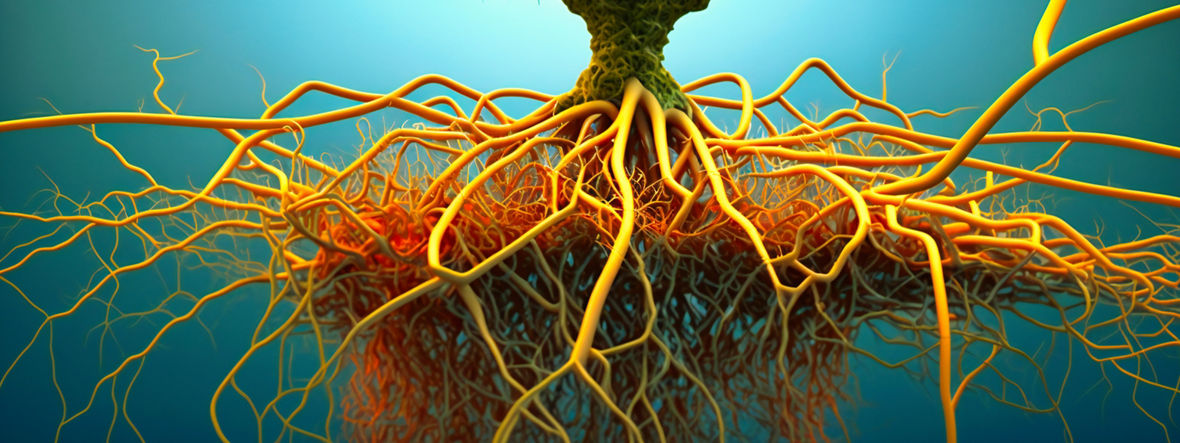In March 2024 the Advanced Research Projects Agency-Energy (ARPA-E) announced an initiative of the US Department of Energy: a support program with US$10 million in funding. Its goal is to conduct research on plants that extract critically important materials from the soil. The program aims to strengthen local supply chains, improve America’s economic and national security, and meet the growing demand for these materials. In the first step, the scientists will explore the plant-based extraction of nickel, an important raw material for the production of many industrial, medical, and consumer goods such as rechargeable batteries, implants, and glass.
Mining Plants
The concept of using plants to extract metals and rare earths dates back to the 1990s. That was when the English professor of botany Alan Baker and the American agronomist Rufus Chaney discovered plants that were thriving spectacularly in soil that was severely contaminated with heavy metals. They discovered that these “hyperaccumulators” can absorb metals and rare earths from the soil and store them in high concentrations. One example of that is Pycnandra acuminata, a tree which grows primarily in Borneo and New Caledonia. The tree’s resin and cell sap, when dried, contain up to 25 percent nickel. Nonetheless, the technology known as agromining or phytomining was never actually applied. For unknown reasons, the Viridian Environmental investment company, which financed Baker’s and Chaney’s research and held the related patents, prohibited the industrial use of these hyperaccumulators.
However, by the time the patents expired in 2015, the rising prices of raw materials and increasing geopolitical unrest sparked interest in this type of raw material production. Between 2016 and 2021, the EU project Life-Agromine, in which the Ruhr-Universität Bochum also participated, evaluated the use of phytomining for extracting nickel. The process turned out to be cost-efficient on a pilot scale: Up to 300 kilograms of nickel could be harvested per hectare of land. In terms of the raw material prices at that time, the profit yielded by this process was more than double that of maize cultivation. The process is already cost-efficient at a nickel concentration of 0.1 percent in the soil, whereas traditional mining requires a concentration that is at least ten times greater.

Soil remediation
Hyperaccumulators can also remediate contaminated soils. About 20 percent of the soil in Germany is severely contaminated with heavy metals such as lead and cadmium. By using the right plants, these soils could be cleaned and made usable again.
The optimal hyperaccumulators for all metals have not yet been found, but the researchers are convinced that with the help of agromining a number of goals can be achieved simultaneously. Agromining can help to develop the sustainable and circular extraction of critical raw materials, minimize dependence on resources supplied by foreign countries, and reduce the price volatility of metals and rare earths. In addition, contaminated soils can be cleaned in a cost-effective and environmentally friendly process.
The Foresight team has dealt with the topic of agromining for a long time, and it is convinced that this technology can make an important contribution to the raw material extraction of the future. With suitable additives for fertilizing the hyperaccumulators and the right soil preparation, the plants’ absorption capacity and the bioavailability of metals in the soil could be increased further.


